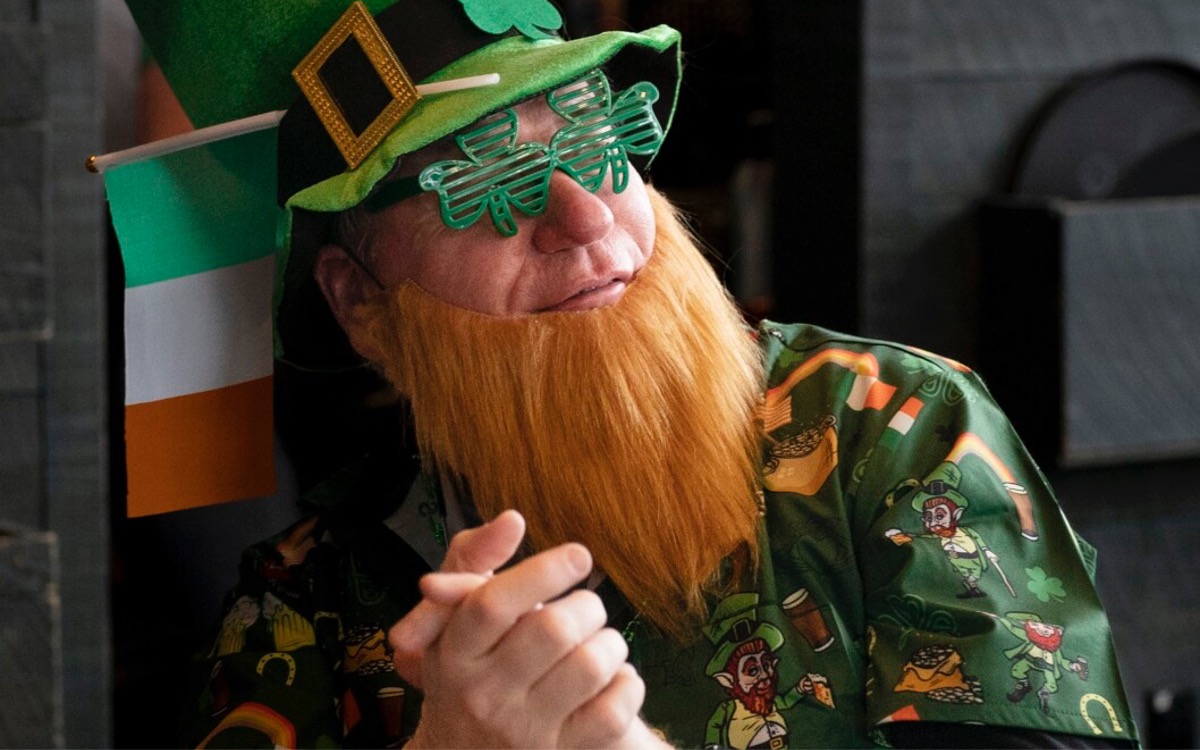As my family and I get ready to celebrate St. Patrick’s Day this Sunday, our focus has shifted from the usual corned beef and green attire to a more intriguing topic sparked by a conversation with my intelligent daughter.
While we strive to uphold our family traditions with a touch of historical authenticity, the subject of leprechauns piqued our curiosity. Despite being surrounded by images of these mischievous green-clad beings throughout my life, I had never delved into the origins of leprechaun folklore and its enduring presence in our supposedly less superstitious era.
Thus, I embarked on an online exploration, uncovering a plethora of information on leprechauns across various websites. The narratives surrounding these mythical creatures varied significantly, adding to the mystique that shrouds them.
Among the top search results on Google were references to movies such as “Legend” from 1985, “Leprechaun” from 1992, Francis Ford Coppola’s timeless classic “Finian’s Rainbow” released in 1968, and the delightful “Darby O’Gill and the Little People” from 1959—a personal childhood favorite of mine.
A YouTube compilation titled “13 Absurd Scenes From the Leprechaun Movies” caught my attention during the research process.
Noteworthy sources like World History Encyclopedia and Wikipedia offered extensive insights into the realm of leprechauns, shedding light on their origins and cultural significance. Children’s videos portrayed these beings as jovial, red-bearded individuals clad in green, while other depictions painted them as sinister tricksters out to deceive and cause harm.
Amidst the conflicting portrayals, one key aspect remained consistent: leprechauns are exclusively male—a crucial detail to remember when encountering these mythical figures.
Described as diminutive elderly men with red hair, sporting green attire and hats (with or without a red beard), leprechauns are renowned for their craftsmanship in cobbling and their affinity for gold. They are characterized as enigmatic, cunning, and possessing magical abilities.
The etymology of the term “leprechaun” traces back to the Celtic god Lugh, with some legends linking their origins to water sprites in Celtic mythology. Early literary references to leprechauns date back to the 8th century in Irish literature.
Traditionally depicted as either goblin-like creatures or fairy-like beings, leprechauns are often associated with safeguarding hidden treasures, hence the ubiquitous imagery of pots of gold in modern depictions.
While historical accounts portray them as stern and ill-tempered individuals testing human greed, contemporary interpretations present them as playful tricksters, deviating from the somber tone of traditional Irish folklore.
The enduring appeal of the leprechaun as a symbol of Irish culture and St. Patrick’s Day remains a subject of contemplation. Whether rooted in ancestral tales, the allure of dark folklore for cinematic adaptations, or the whimsical charm of a cheerful red-haired figure sliding down rainbows, the fascination with these mythical beings persists.
After immersing myself in this research, the enigma surrounding our fascination with leprechauns remains unresolved. Nevertheless, as a precautionary measure, I might just tuck my shoes away in the closet tonight—just in case these elusive creatures turn out to be more than mere folklore.
